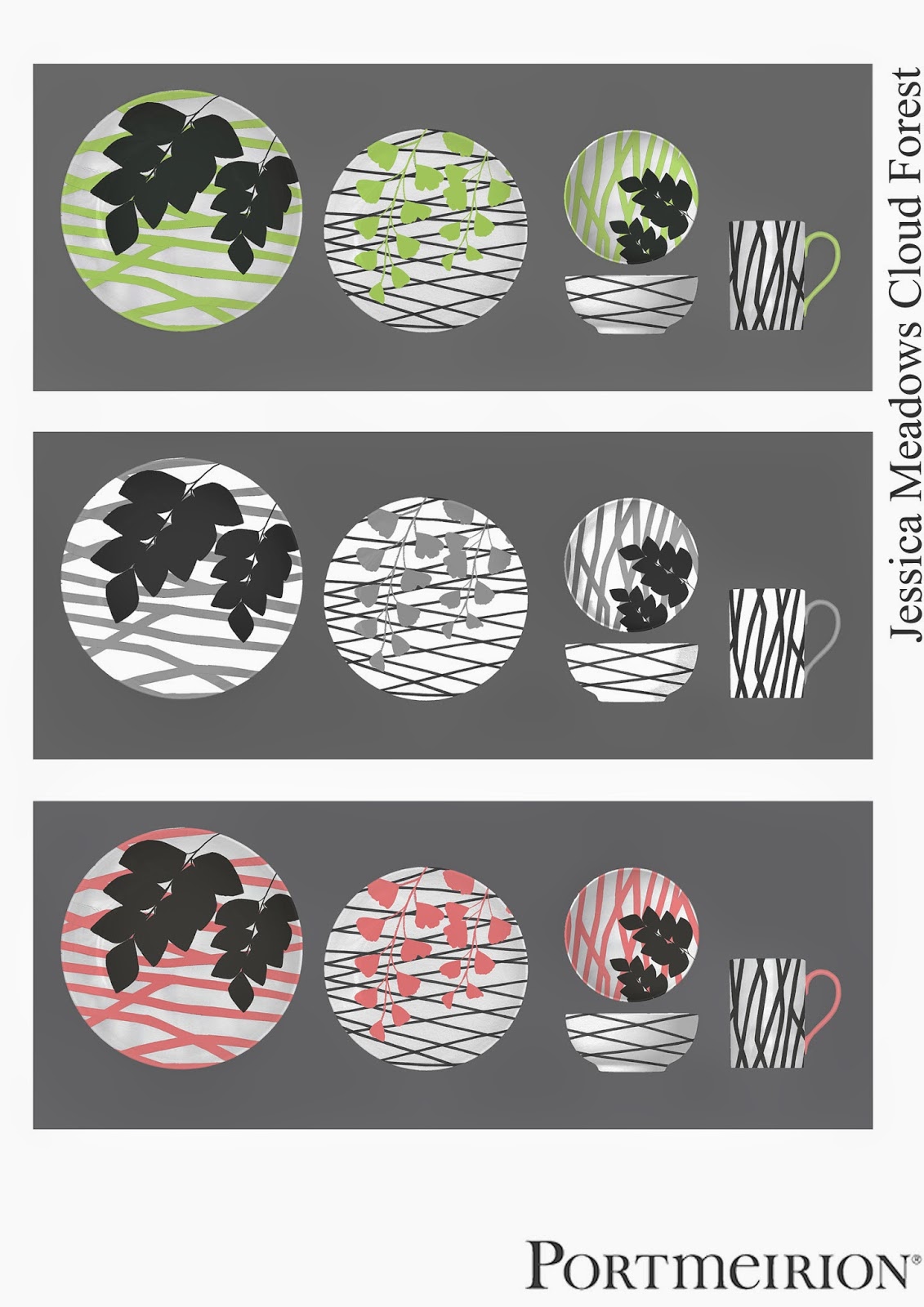The Club to Catwalk exhibition at the V&A didn't inspire me hugely, although it was really interesting to see how the the 1980s youth subcultures had expressed themselves and made their own clothes, and either became fashion designers themselves, or inspired the trends that made it onto the catwalk.
This quote from Vivienne Westwood, really rings true to me. I love looking to the past for design inspiration, my challenge is to try and incorporate the traditional elements whilst giving them a contemporary edge.
'Dragons' print dressing gown, Georgina Von Etsdorf, 1984
I adore the print on this dressing gown, it looks like it was inspired by the avant garde, soviet constructivist prints of the 1920s-30s.
I have always admired Paul Smith use of colour and the unexpected secrets his clothes hide. His method of teaming an otherwise somber navy suit with a bright printed lining, or hiding a 1950s style pin-up girl print on the underside of a turned back cuff, make his clothes wearable for the office, but desirable to the person who has a fun side.

After I finished with the Club to Catwalk exhibition I had a look at the permanent fashion exhibition. As well as historical detail, I get really inspired by traditional costume from other cultures. The turn of the century saw a taste for the orient in Britain, influencing designers such as Paul Poiret and Liberty & Co.
Printed silk evening dress, Charles James, 1938.
One of the most amazing designers I have come across during research for several project is Charles James (1908-1978), an american couturier the construction of his garments are exciting, interesting and beautiful, and they still look contemporary today, some 60 years on.
Coat, Yohji Yamamoto (born 1943) A/W '04-'05
I think that Yamamoto has successfully taken inspiration from a military great coat, but given a contemporary edge with the use of oversized pockets, not only stylish, but practical too.
After the V&A I took the opportunity to take a trip down Berwick street and have a look in the fabric shops for inspiration for my new studio module. Although I haven't finalised my colour palette, it was good to see the huge range of fabrics available in London, as Colchester and Braintree's offerings on the fabric front can be a touch limiting, and buying fabric online can sometimes be tricky, as it is difficult to show a true colour on a computer screen and you can't feel the texture and weight of a fabric, which is always important.














